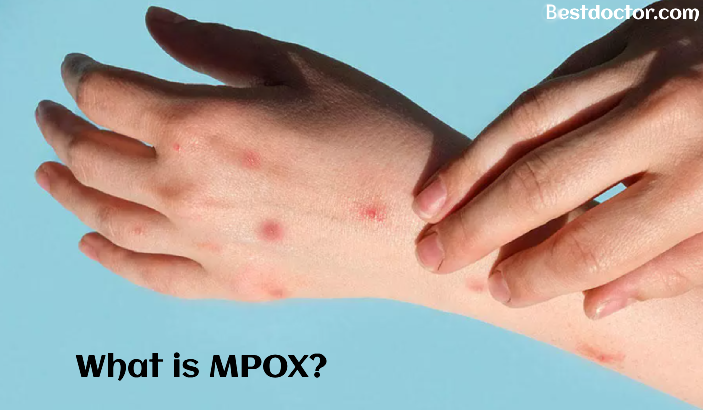Introduction
Mpox, previously known as monkeypox, is a rare viral zoonotic disease that occurs primarily in remote parts of Central and West Africa, near tropical rainforests. It is caused by the mpox virus, which belongs to the same family of viruses as smallpox. Although mpox is less severe than smallpox, it still poses a significant public health challenge due to its potential for outbreaks and the difficulties in controlling its spread.
Transmission of Mpox
Mpox transmission can occur through several routes:
-
Animal-to-Human Transmission: This primarily occurs through direct contact with the blood, bodily fluids, or cutaneous or mucosal lesions of infected animals. In Africa, human infections have been documented through the handling of infected monkeys, Gambian giant rats, and squirrels.
-
Human-to-Human Transmission: This can result from close contact with respiratory secretions, skin lesions of an infected person, or recently contaminated objects. Transmission can also occur via respiratory droplets in prolonged face-to-face contact.
-
Indirect Transmission: Contact with contaminated materials, such as bedding, clothing, or other surfaces, can also facilitate the spread of the virus.
Symptoms of Mpox
The symptoms of mpox are similar to, but milder than, smallpox. They typically appear 5 to 21 days after exposure and can include:
- Fever
- Intense headache
- Swelling of the lymph nodes
- Back pain
- Muscle aches
- Lack of energy
After the onset of fever, a rash usually develops, often beginning on the face and then spreading to other parts of the body. The rash progresses through several stages before forming a crust, which eventually falls off. The entire illness typically lasts for 2 to 4 weeks.
Diagnosis and Treatment
Diagnosis
Diagnosing mpox involves a combination of clinical assessment and laboratory testing. The presence of the characteristic rash and lymphadenopathy (swollen lymph nodes) helps differentiate mpox from other diseases with similar symptoms, such as chickenpox or measles. Laboratory confirmation is achieved through:
- Polymerase Chain Reaction (PCR): This is the preferred method for diagnosing mpox, as it provides accurate and rapid results.
- Serological Testing: While useful, serology is less preferred due to the cross-reactivity with other orthopoxviruses, which can complicate the interpretation of results.
Treatment
There is no specific treatment for mpox. However, supportive care and symptomatic treatment are crucial for patient recovery. This may include:
- Antipyretics: To reduce fever and relieve discomfort.
- Hydration: Maintaining fluid balance, especially in severe cases.
- Antibiotics: To treat secondary bacterial infections that may occur due to the skin lesions.
In some cases, antiviral medications like cidofovir or brincidofovir might be considered, though their efficacy specifically against mpox has not been extensively studied.
Prevention and Control
Preventing and controlling mpox involves several strategies:
-
Reducing Human-Animal Interaction: Limiting direct contact with potential animal reservoirs, such as monkeys and rodents, is essential in reducing the risk of animal-to-human transmission.
-
Personal Protective Measures: Healthcare workers and caregivers should use personal protective equipment (PPE) to prevent infection when treating or caring for infected individuals.
-
Vaccination: Smallpox vaccination has been shown to provide cross-protection against mpox. In the event of an outbreak, vaccination strategies targeting high-risk populations may be implemented.
-
Public Awareness: Educating communities about the risks, transmission routes, and symptoms of mpox can help in early detection and prompt medical intervention.
Conclusion
Mpox, though relatively rare, remains a significant public health concern due to its potential for outbreaks and the challenges in managing its spread. Understanding the transmission routes, symptoms, and preventive measures is crucial for controlling this disease. Continued research and public health efforts are essential to mitigate the impact of mpox and protect vulnerable populations.
About Milan Safety
Milan Safety is committed to promoting health and safety through comprehensive solutions and educational initiatives. By raising awareness about infectious diseases like mpox, Milan Safety aims to enhance public health and ensure safer communities.
For more information, visit Milan Safety.
Alnoor Gadiya
Milan Safety
